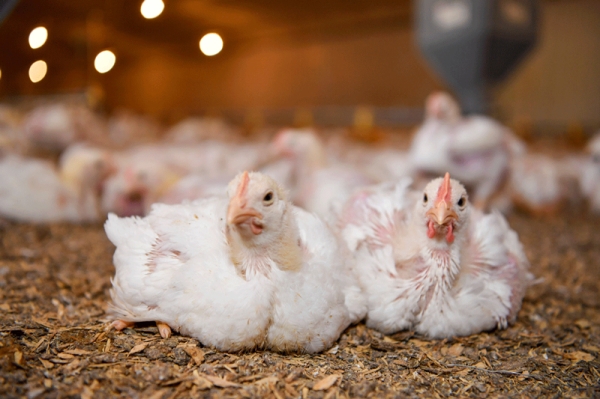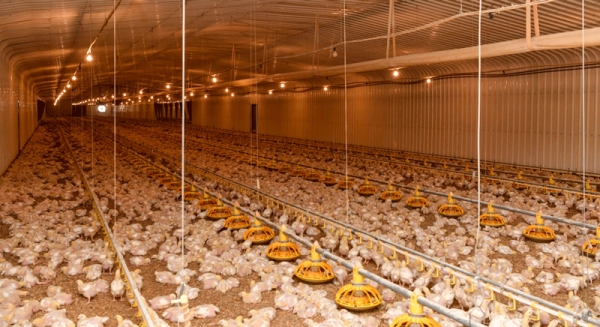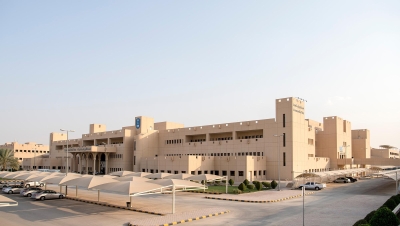


Broilers and Layers in the Kingdom of Saudi Arabia are chickens raised to produce white meat or shell eggs. They are raised within the framework of projects for fattening broilers and producing shell eggs. The Agricultural Development Fund in Saudi Arabia provides loans to individuals and companies to encourage these projects.
Broilers and layers farming in Saudi Arabia
Saudi Arabia witnessed advancement in poultry farming. Such development is due to scientific progress and research in this field. As a result, poultry farming has turned from a traditional to an integrated industry. Business activities and competition between these companies increased in farming specialist species, including broilers and layers, enhancing breeding methods, and adopting modern technology in equipping and building closed and air-conditioned poultry sheds.
The Ministry of Environment, Water, and Agriculture issued instructions to be followed by these project owners to ensure their success. It guided them to modern practices, including selecting the farm location, preferably near marketing sites, beyond residential sites, and far from other poultry farms, where drinking water for chickens is available.
Within the framework of the production plan, the Ministry of Environment, Water, and Agriculture directed breeders to conduct a production study. The study should specify the invested capital, define the project objectives, select the project's appropriate size, determine its production capacity, select the breeding system by establishing closed or open-air sheds, and determine the equipment used therein, such as waterers, feeders, ventilation and cooling systems, among others.
Broiler production stages
Broiler production undergoes several preventive measures, including periodic immunizations, vitamin administration, and biosecurity measures. These measures represent around 75 percent of the preventive measures applied within these projects. Broiler production relies on using sheds that meet the requirements of poultry farming. These requirements include water availability, high-mast lighting, good heating and ventilation, feed and medicine availability, and enhanced biosecurity measures. These measures ensure the reduction of losses caused by diseases, especially bird flu, presenting a constant threat to the projects in terms of production and economy.
Broilers undergo a thirty-two-day production cycle. As of the age of one day to three weeks, a mixture consisting of 23 percent crude protein and 3,200 calories is administered. During the growing chick stage, when chicks are between four and six weeks old, a mixture containing 20 percent crude protein and 3,200 calories is given. In the final stage, known as "al-Nahi" the feed mixture has about 18 percent crude protein and 3,200 calories. After this cycle, farmers can transfer the broiler chicken to slaughterhouses for packaging and delivery to consumers.
Investment in the broiler sector
In 2022, the Ministry of Environment, Water, and Agriculture revealed an expansion plan and supporting services for the broiler sector. This step seeks to boost self-sufficiency in poultry meat, raising it to 80 percent by 2025. The plan would inject new investments in the sector, valued at SAR17 billion until 2025. It seeks to achieve a target production capacity of around 1.3 million t of broilers annually. It would contribute to achieving national food security, enhancing contribution to local content, offering job opportunities, providing high-quality and appropriately priced local products, and creating new investment opportunities. This would be achieved by facilitating licensing procedures, initiating follow-up, and offering technical and financial support through the Agricultural Development Fund's provision of soft loans to increase the sector's share. During the third quarter of 2024, broiler production licenses amounted to 184 licenses, accounting for the largest number of livestock licenses issued by the National Company for Agricultural Services.
Self-sufficiency in poultry meat increased from 45 percent in 2016 to 68 percent in 2022. Poultry meat production exceeded 1.3 million t while shell egg production exceeded 453,000 t, with sufficiency in table eggs reaching 103 percent. The total number of projects involving poultry in Saudi Arabia exceeded 1,200. In February 2024, Saudi Arabia set a record in poultry production, with a production of 100 million kg.
Broiler and layer projects funding
The funding offered by the Agricultural Development Fund in favor of companies and institutions wishing to expand their poultry production reached up to 70 percent of the investment cost upon using modern technologies. The fund targets the specialized projects of companies, institutions, and cooperatives. Funding covers the investment and operational costs of projects applying modern technologies. This is achieved by raising the funding percentage to 75 percent of the cost of projects with a strategic dimension. In this respect, an advance payment ranging between 20 and 25 percent of the scheduled loan is provided in addition to submitting soft guarantees by calculating the mortgage of project assets by 60 percent of the estimated value. Repayment is up to ten years and includes a three-year grace period.
The poultry sector has received the highest share of loans granted to specialized projects by the Agricultural Development Fund since its establishment in 1962, with a total of 1,321 loans until 2020, representing 25 percent of the overall number of approved agricultural projects. Projects were funded with about SAR5,453 million, representing 35 percent of the total value of loans provided to specialized agricultural projects.
The Agricultural Development Fund's strategy (2016-2020) targeted several key agricultural sectors, including broilers. It sought to achieve efficiency in production, contribute to raising self-sufficiency rates, activate sustainable agriculture, and assist in enhancing self-sufficiency in broiler chickens to 60 percent by the end of 2020.
Stemming from its 2021-2025 strategy, the Agricultural Development Fund seeks to contribute to the growth of broiler production by 415,000 t. In 2020, production was 947,000 t. It is expected to rise to 1,362,000 t by 2025. This growth is intended to boost self-sufficiency to 80 percent by 2025.
Poultry projects financed by the Agricultural Development Fund are divided into seven projects: Broilers, broiler breeders, layers, layer breeders, grandparent projects, hatcheries, and automatic poultry slaughterhouses projects.
Poultry breeders projects
Projects with a strategic dimension in the broiler and layer sector include poultry breeders projects. These projects are divided into two parts, broiler breeder projects, which produce fertilized eggs for broilers, and layer breeder projects, which produce fertilized eggs for layer chickens. Additionally, there are grandparent projects that produce fertilized eggs resulting in broiler or layer breeders.
Projects with a strategic dimension enhance food security and increase self-sufficiency. Funding these specialized projects encourages the use of modern technologies, including cages to increase production, and supports broiler and layer projects. Funding also contributes to supporting supply chains, localizing inputs for other projects, establishing a crisis-resilient infrastructure for the sector, ensuring market stability, and enhancing job opportunities in the sector.
Challenges to the broiler and layer projects
Some of the challenges facing the broiler and layer sector include the high production cost due to feed quantity increases, such as soybeans and yellow corn, as well as high shipping and distribution costs, and Saudi Arabia's imports of broiler chickens increase, which caused an increase in inventory.
Related quizzes

